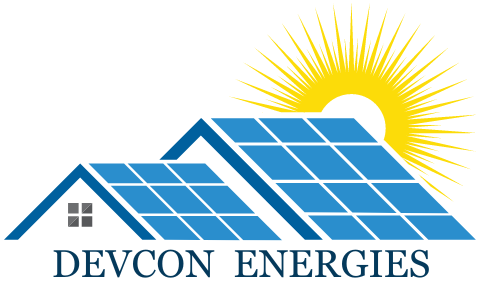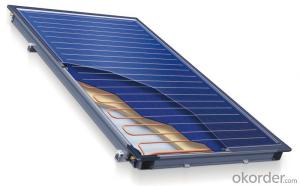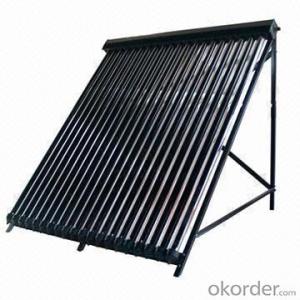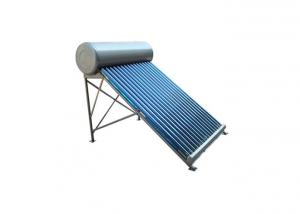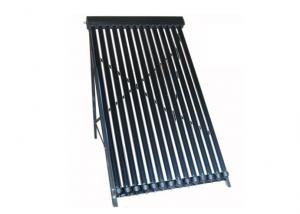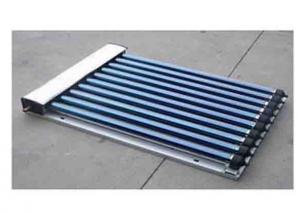PHNIX flat plate solar thermal collectors with Germany absorber
Description
SpecificationsPHNIX flat plate solar thermal collectors with Germany absorberÿ
1.ODM&OEMÿ
2.Absorber:eta plus-Cu from Germanyÿ
3.Solar keymarkPHNIX flat plate solar thermal collectors with Germany absorberÿÿIt consists ofFlat-plate copperÿabsorber of solar energyÿ:ÿÿGermany eta plus-CuAbsorber coatingÿ:ÿ Highly selective vacuum coatingÿHeat transfer mediumÿ:ÿ Polypropylene glycol/water mixtureInsulating layerÿ:ÿGlassÿwoolÿwith greatÿthermostabilityÿHeat transfer medium tubeÿ: ÿCopper tubeOuter casingÿ: ÿAluminum alloyHow does flat plate solar thermal collectors work?Sunlight passes through the glazing and strikes the absorber plate, which heats up, changing solar energy into heat energy. The heat is transferred to liquid passing through pipes attached to the absorber plate.ÿAbsorber plates are commonly painted with “selective coatings,” which absorb and retain heat better than ordinary black paint. Absorber plates are usually made of metal?typically copper or aluminum?because the metal is a good heat conductor. Copper is more expensive, but is a better conductor and less prone to corrosion than aluminum. And our flat plate solar thermal collectors are made of high performance copper absorber.ÿIn locations with average available solar energy, flat plate collectors are sized approximately one-half- to one-square foot per gallon of one-day’s hot water use.ÿApplicationsThe main use of this technology is in residential buildings where the demand for hot water has a large impact on energy bills. This generally means a situation with a large family, or a situation in which the hot water demand is excessive due to frequent laundry washing. Commercial applications include laundromats, car washes, military laundry facilities and eating establishments. The technology can also be used for space heating if the building is located off-grid or if utility power is subject to frequent outages. Solar water heating systems are most likely to be cost effective for facilities with water heating systems that are expensive to operate, or with operations such as laundries or kitchens that require large quantities of hot water.ÿUnglazed liquid collectors are commonly used to heat water for swimming pools. Because these collectors need not withstand high temperatures, they can use less expensive materials such as plastic or rubber. They also do not require freeze-proofing because swimming pools are generally used only in warm weather or can be drained easily during cold weather.ÿWhile solar collectors are most cost-effective in sunny, temperate areas, they can be cost effective virtually anywhere in the country so should be considered.
